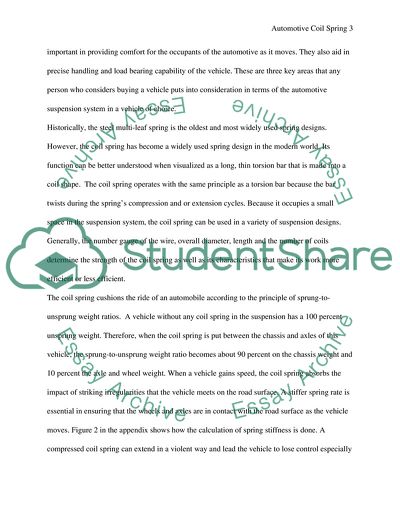Cite this document
(Automotive Coil Spring Assignment Example | Topics and Well Written Essays - 2500 words, n.d.)
Automotive Coil Spring Assignment Example | Topics and Well Written Essays - 2500 words. https://studentshare.org/engineering-and-construction/1879354-automotive-coil-spring
Automotive Coil Spring Assignment Example | Topics and Well Written Essays - 2500 words. https://studentshare.org/engineering-and-construction/1879354-automotive-coil-spring
(Automotive Coil Spring Assignment Example | Topics and Well Written Essays - 2500 Words)
Automotive Coil Spring Assignment Example | Topics and Well Written Essays - 2500 Words. https://studentshare.org/engineering-and-construction/1879354-automotive-coil-spring.
Automotive Coil Spring Assignment Example | Topics and Well Written Essays - 2500 Words. https://studentshare.org/engineering-and-construction/1879354-automotive-coil-spring.
“Automotive Coil Spring Assignment Example | Topics and Well Written Essays - 2500 Words”. https://studentshare.org/engineering-and-construction/1879354-automotive-coil-spring.


